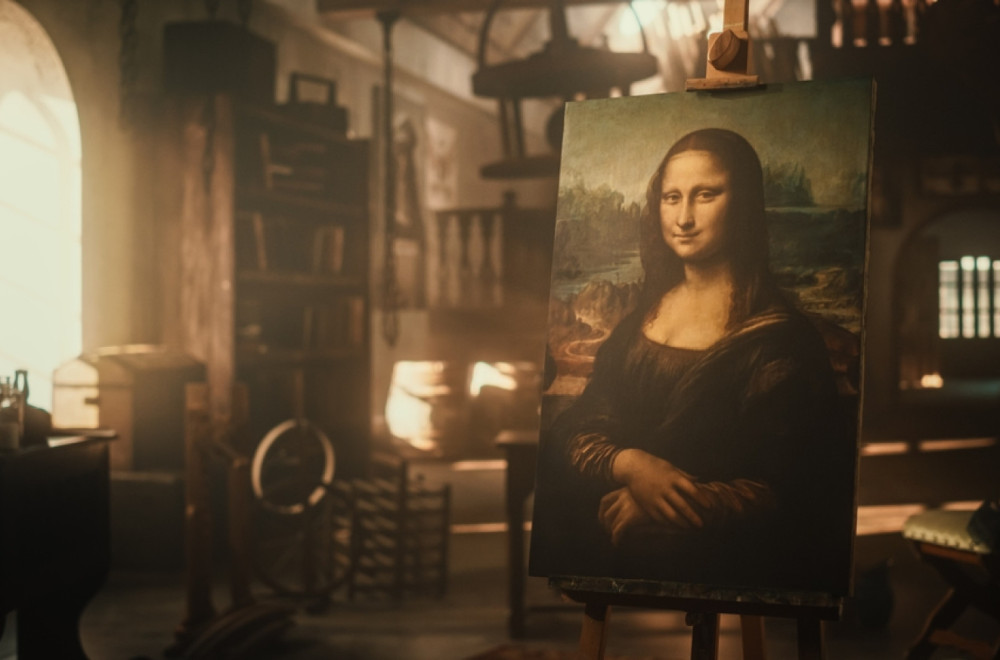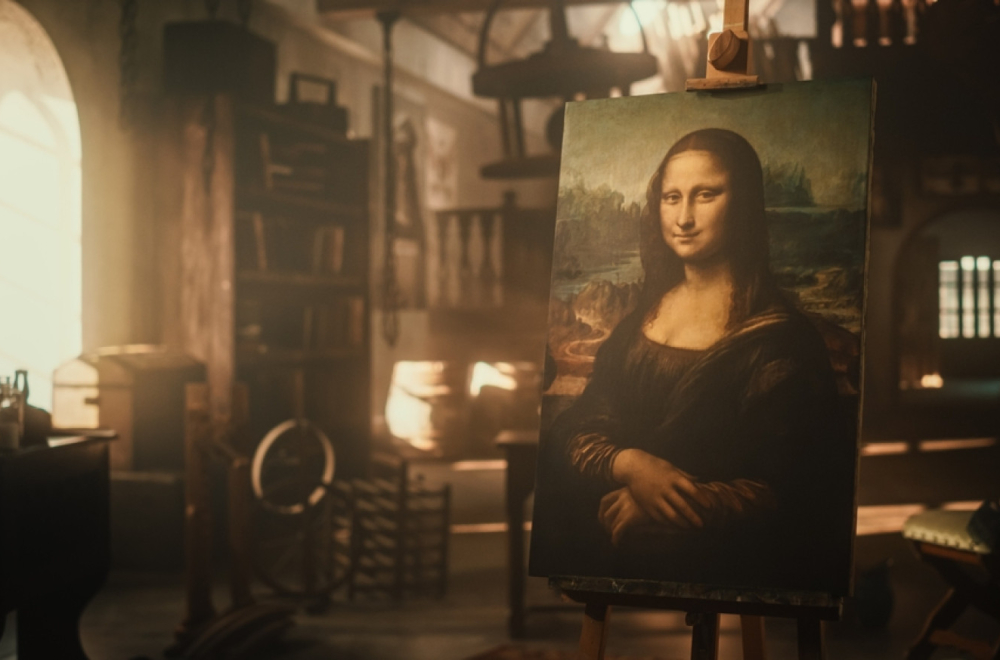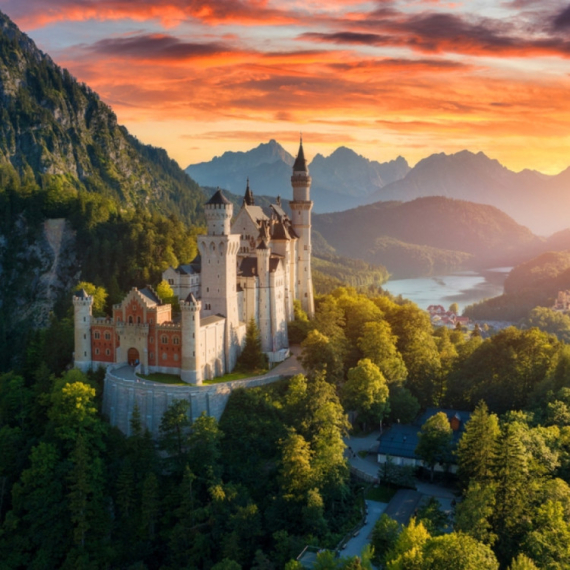From Sodom to Today: The History of Love, Sex, and Social Norms
Imagine this: Mona Lisa is actually a portrait of Leonardo da Vinci and his lover! Yes, you read that right! Young Leonardo, the universal Renaissance genius, was a homosexual, and his relationship with Gian Giacomo Caprotti, known as Salai, lasted decades under the same roof. Italian art historians even claim that Mona Lisa is actually a portrait of Salai, with anagrams and tender words hidden in the eyes of the painting confirming this. But at the Louvre in Paris, this theory is largely ignored.
Welcome to the Renaissance, an era when, under the watchful eye of the Church, the ideals of the ancient world—love, art, and knowledge—were partially revived. In the ancient world, homosexuality was not taboo but part of social norms, especially among the ruling male class. On the island of Crete, the ancient Greek legislator Aristotle devised a system where older men took young boys into their homes, expecting sexual affection. Passive roles in sexual relations were considered shameful, and Roman emperors like Hadrian celebrated their lovers as gods.
Then came the dark Christian era. Homosexuality became a sin, and people were chained, stoned, or burned at the stake. The biblical story of Sodom and Gomorrah served as justification for centuries of persecution and stigmatization. Church leaders like Peter Damian called sodomy a devilish vice spreading like cancer in Christianity.
Yet, love between same sexes did not disappear. In the Far East, among samurai and Chinese emperors, homosexuality was widely accepted. Sweden’s regent Christina openly loved women, and Queen Anne of Great Britain had a passionate relationship with Sarah Churchill. English noblewoman Anne Lister left behind diaries detailing her lesbian relationships, hidden in a secret code.
In the 20th century, famous queer figures fought for freedom but were still persecuted. Oscar Wilde was imprisoned for sodomy accusations, and Italy’s last king Umberto II was publicly discredited as a homosexual. Today, in Germany and other countries, queer people enjoy much more freedom, though attempts to roll back these rights persist.
The history of love and sexuality is rich, colorful, and often brutally suppressed. But as we see, love knows no boundaries or time. What do you think about these shocking revelations? Is Mona Lisa really Salai? Or is it just artistic imagination? Share your theories—maybe together we’ll uncover another secret!
Forbidden Love Through the Ages
- Leonardo da Vinci and Salai – a love that survived the Renaissance
- Ancient Greece and Rome – open relationships and social norms
- Christianity and persecution – from freedom to the stake
- Royal affairs and secret diaries – love that couldn’t be hidden
Today: The Fight for Rights and Freedom
- The queer movement and legal protections
- Attempts to roll back progress
- The third gender and gender diversity
Love is eternal, and its history is far from boring. If you thought you knew everything about Mona Lisa, think again!
Join the conversation—truth is often hidden beneath layers of time and prejudice. Who knows, maybe the love of Salai and Leonardo is just the tip of the iceberg!











































